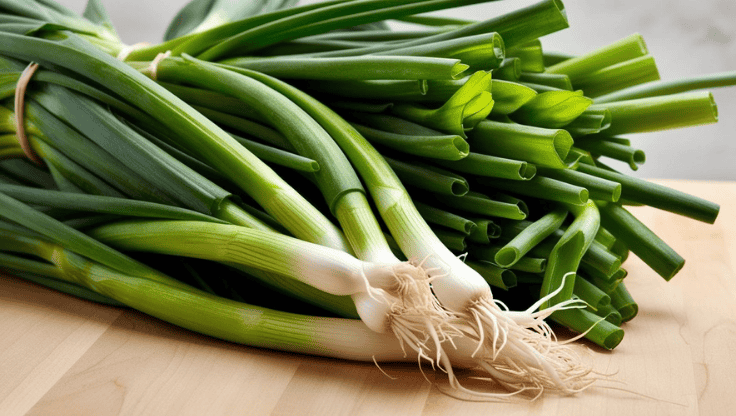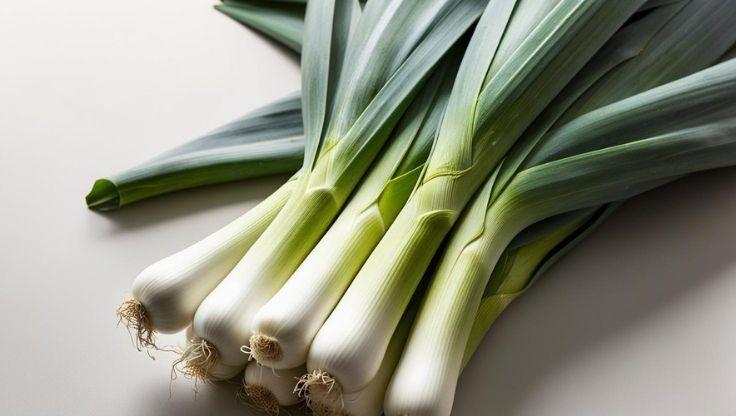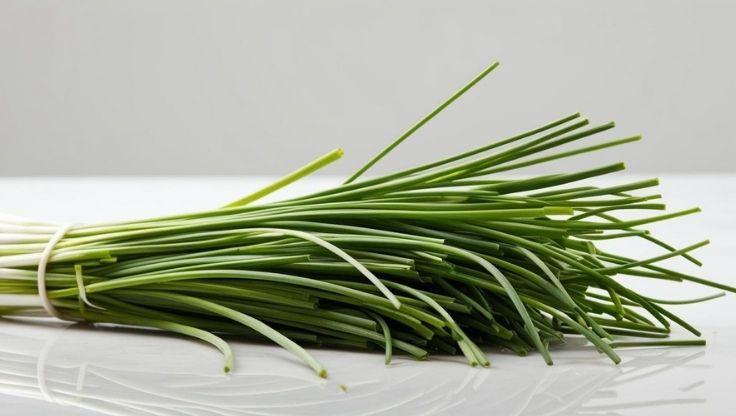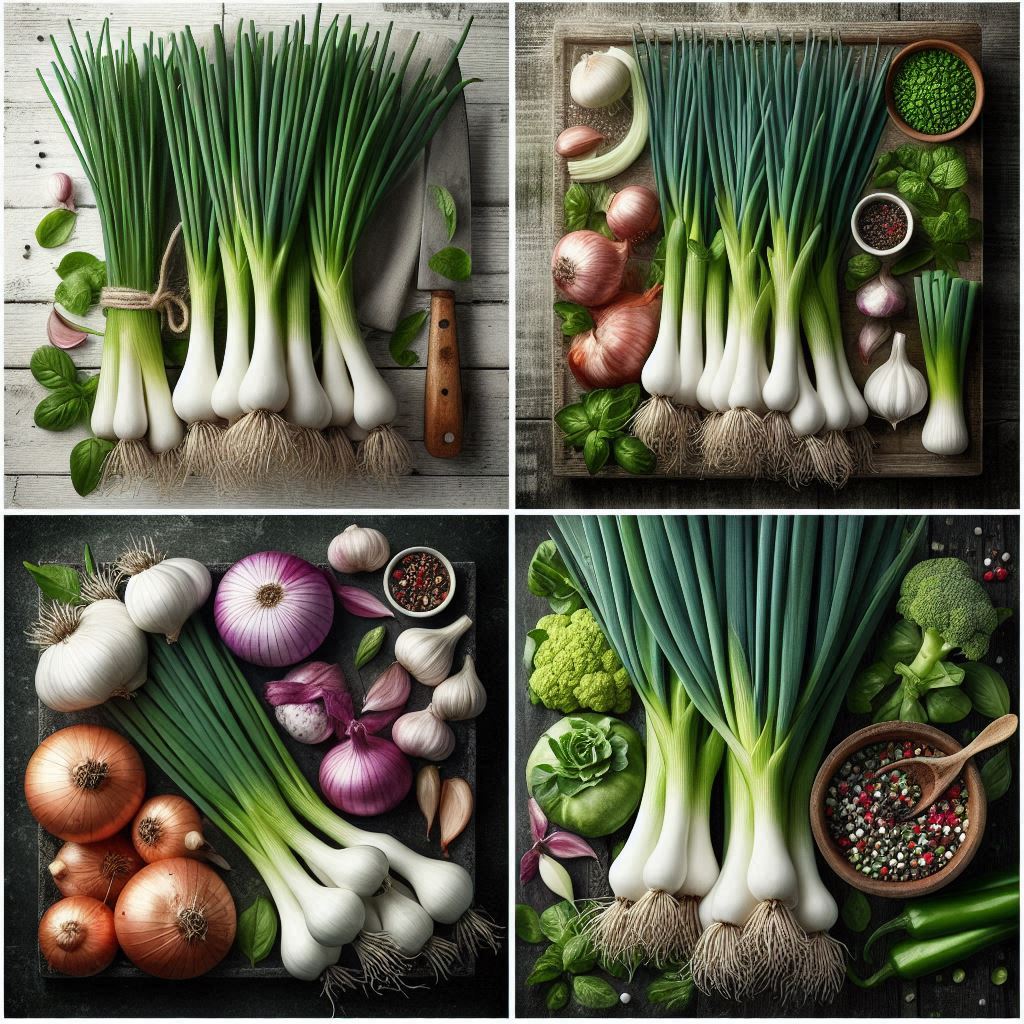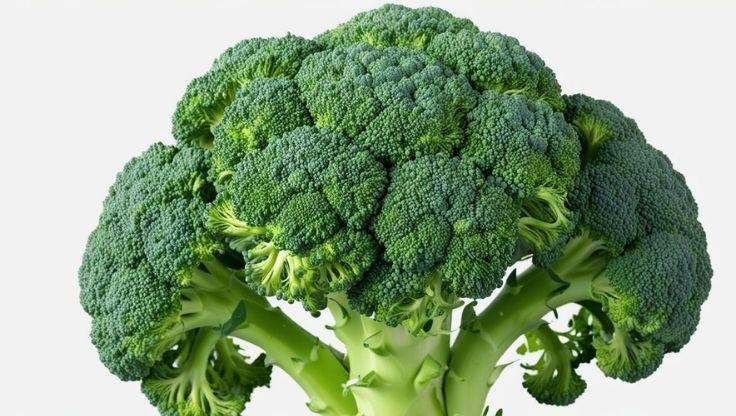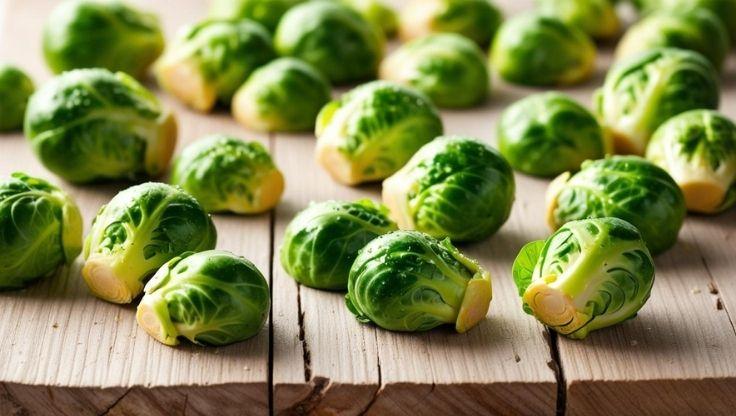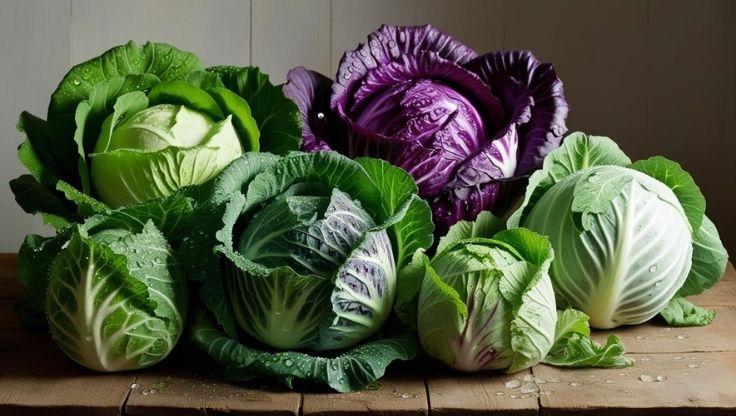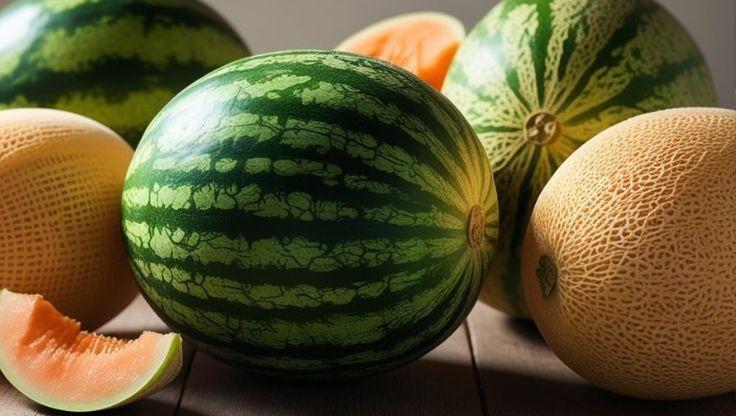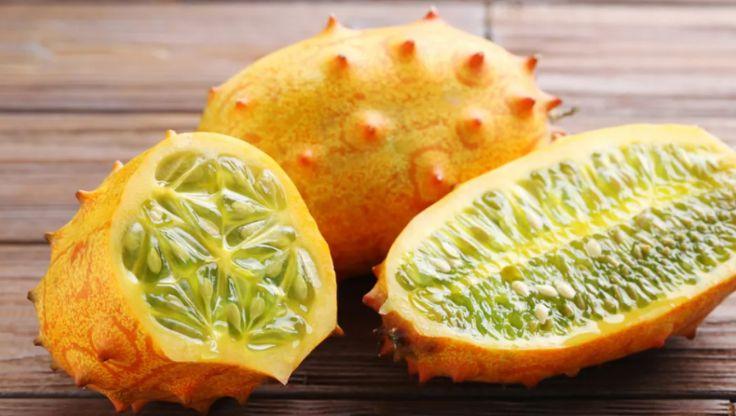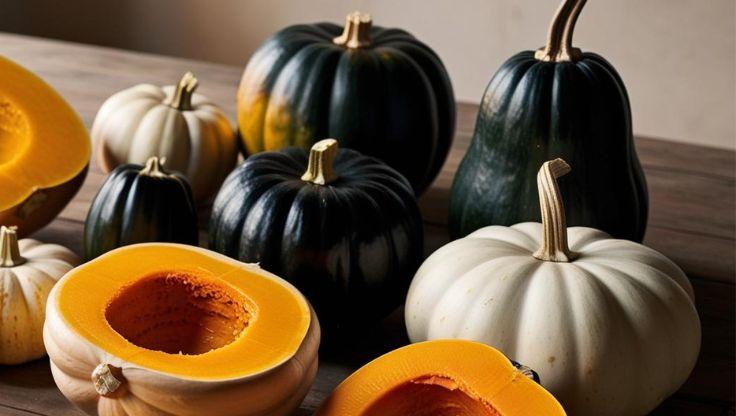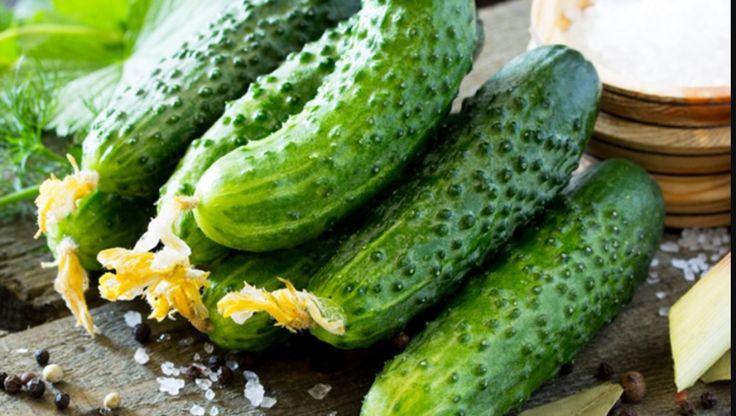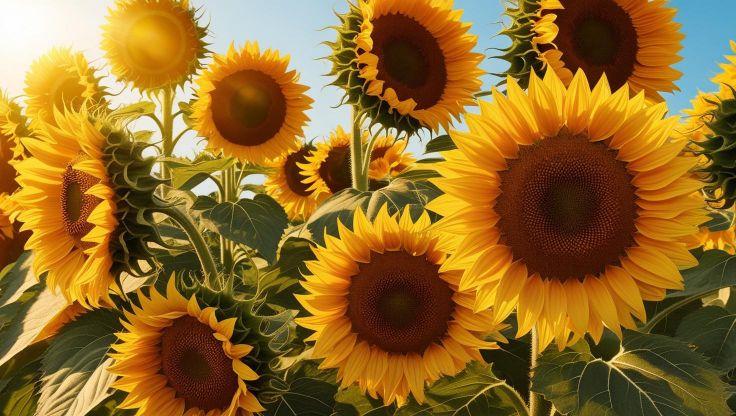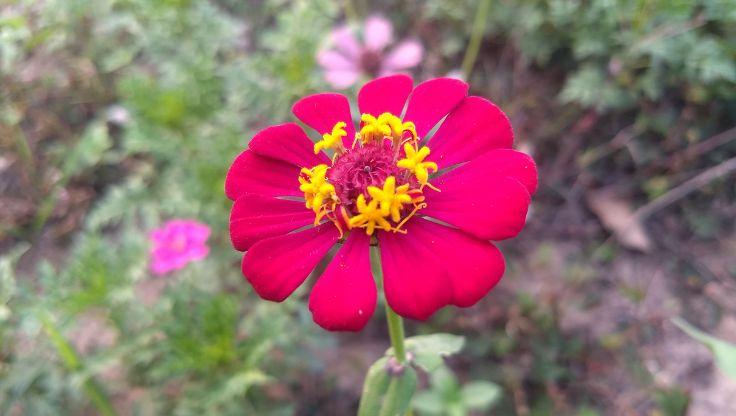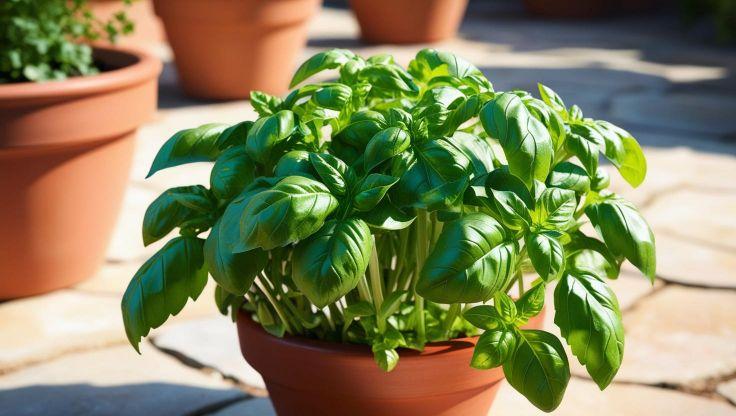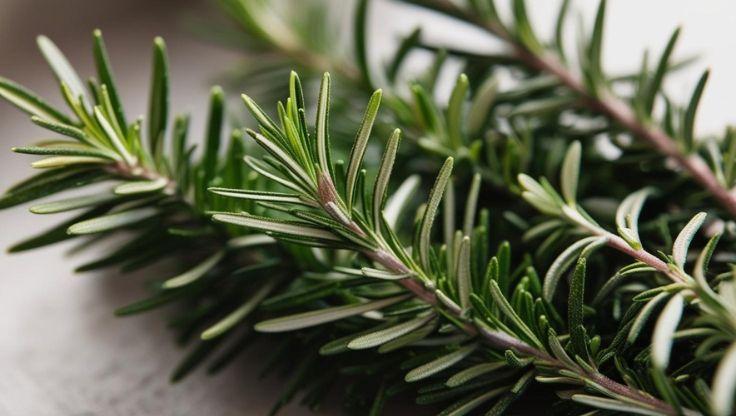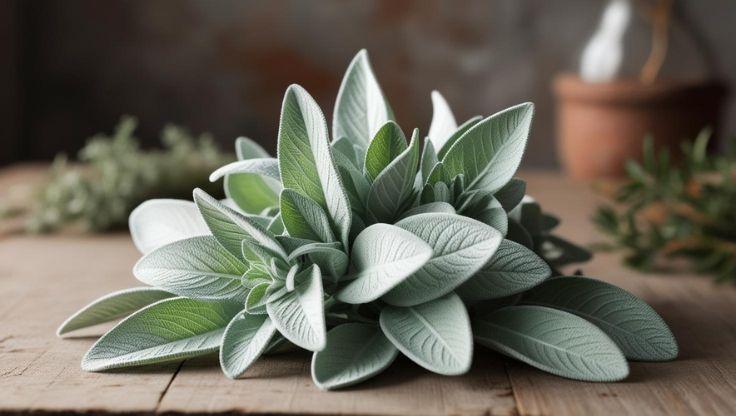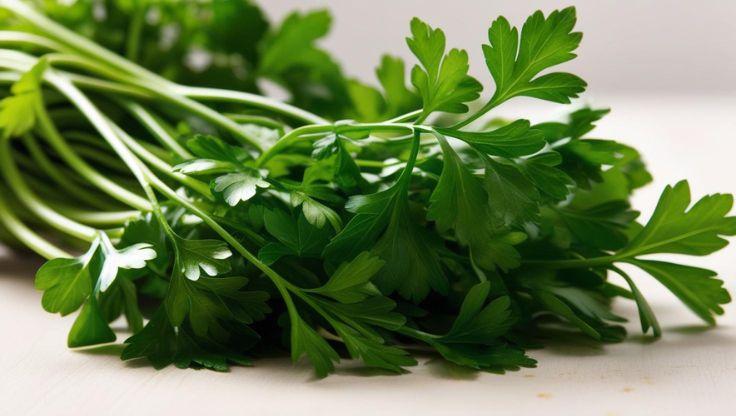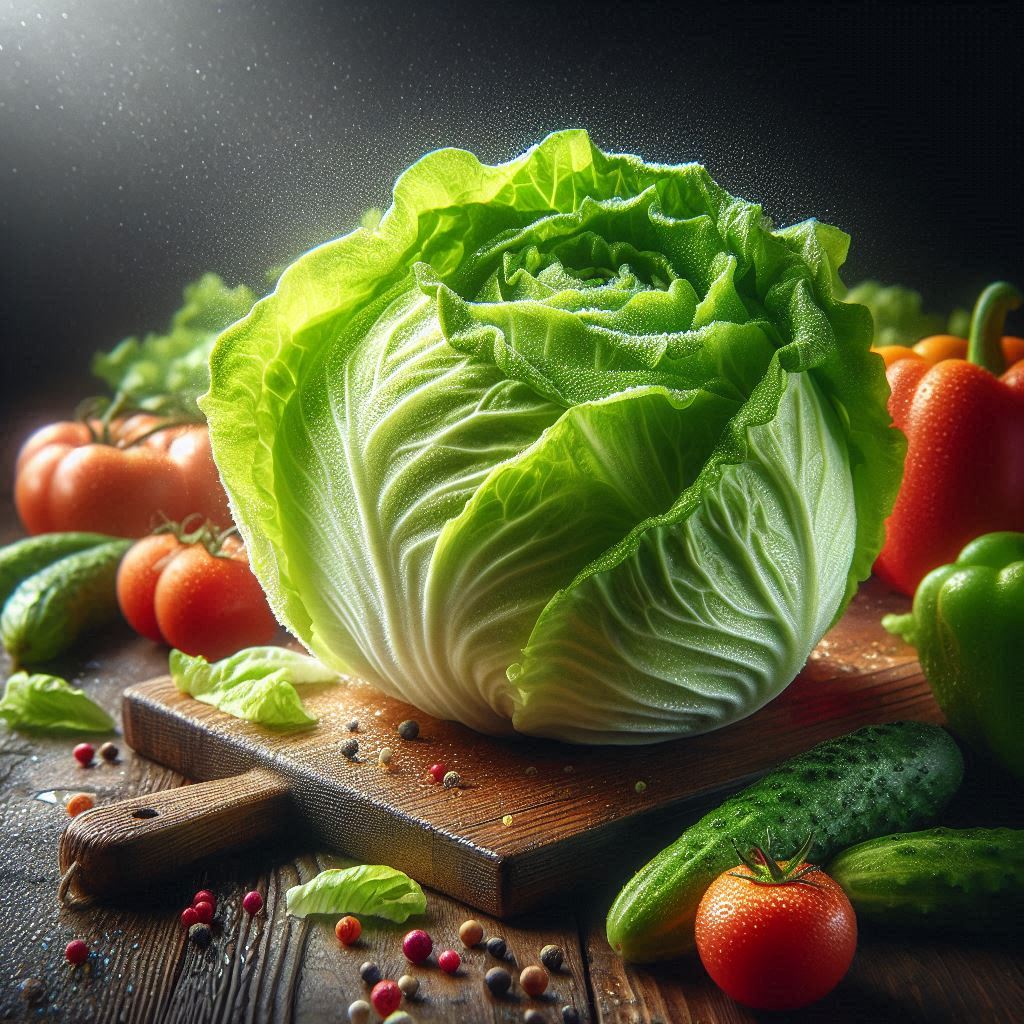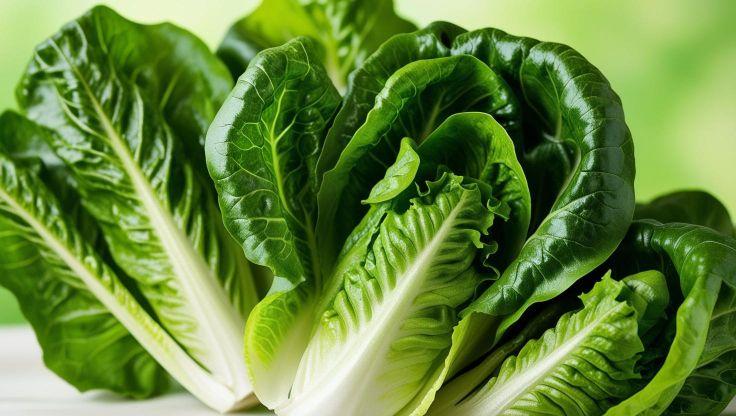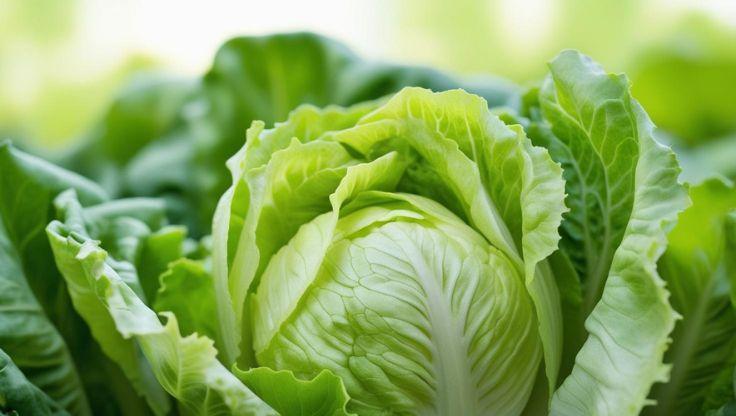Hydroponic Plants: A Guide to Growing Okra in a Hydroponic System
Okra (Abelmoschus esculentus), a highly nutritious vegetable, originates from Africa and thrives in warm climates. Known for its edible green pods rich in vitamins and fiber, it has gained popularity worldwide in diverse cuisines. Unlike traditional soil-based farming, hydroponic plants offer an optimized environment for okra growth. The hydroponic system supports faster, healthier development by eliminating soil-related challenges, ensuring better nutrient absorption and water efficiency.

Hydroponic Growing Conditions
Ideal pH and EC Levels
- pH: Maintain between 6.0–6.5 for optimal nutrient absorption.
- EC: A range of 2.0–2.5 mS/cm ensures balanced nutrient delivery.
Light, Temperature, and Humidity Requirements
- Light: Okra requires 12–16 hours of direct or LED grow light exposure.
- Temperature: Optimal growth occurs between 20–30°C.
- Humidity: Maintain 60–70% for healthy foliage and pod development.
Best Hydroponic Systems
Okra thrives in several hydroponic systems:
- Deep Water Culture (DWC): Ensures consistent nutrient access.
- Nutrient Film Technique (NFT): Provides controlled root exposure.
- Aeroponics: Enhances oxygen uptake for robust growth.
Nutrient Solutions & Water Management
A balanced nutrient solution enhances hydro garden success:
- Macronutrients: Nitrogen (N), Phosphorus (P), and Potassium (K) levels should be carefully adjusted.
- Micronutrients: Calcium (Ca) and Magnesium (Mg) aid fruit formation and plant resilience.
- Ensure oxygenation and periodic solution refreshes for optimal growth.
Seed to Harvest Process
Okra starts from seed, with 1–2 seeds per hole. After transplanting, maturity occurs 45–60 days post-germination. In hydroponic cultivation, nutrient availability accelerates pod production. Recommended okra varieties for hydroponic growth include Clemson Spineless, Jing Orange, and Emerald.
Uses and Benefits
Culinary Applications
Okra is a staple vegetable in global cuisines:
- Used in stews, stir-fries, pickled dishes, and curries.
- Adds texture to soups and gumbo.
Health Benefits
- High fiber content promotes digestion and gut health.
- Rich in antioxidants, vitamin C, and folate.
- Supports heart health and blood sugar regulation.
Sustainability Advantages
A hydroponic system reduces pesticide dependency, enhances water conservation, and supports year-round cultivation.
Challenges and Solutions
Common Pests & Diseases
Despite soil-free conditions, hydroponic plants can face aphids, whiteflies, and fungal infections. Preventative measures include proper ventilation and organic pest control.
Solutions for Growth Issues
- Nutrient Deficiencies: Adjust macronutrient and micronutrient balance.
- Environmental Stress: Maintain steady temperature and humidity levels.
- Root Rot Prevention: Ensure oxygenated and clean nutrient solutions.
Research for expert insights
Uncover expert-level insights and key takeaways by reviewing these informative articles.
|
Company/Institution |
Article Title |
Article Link |
|---|---|---|
|
Federal University of Campina Grande |
Salicylic Acid Modulates Okra Tolerance to Salt Stress in Hydroponic System |
|
|
SciELO Brasil |
Hydroponic Cultivation of Okra Using Saline Nutrition Solutions |
|
Their thorough examination sheds light on key details, making them an indispensable guide for expanding knowledge.


